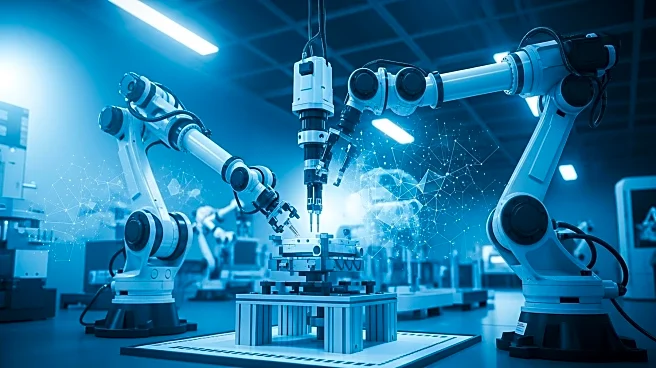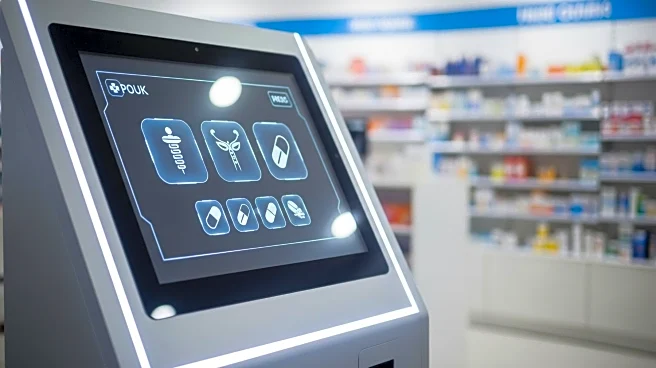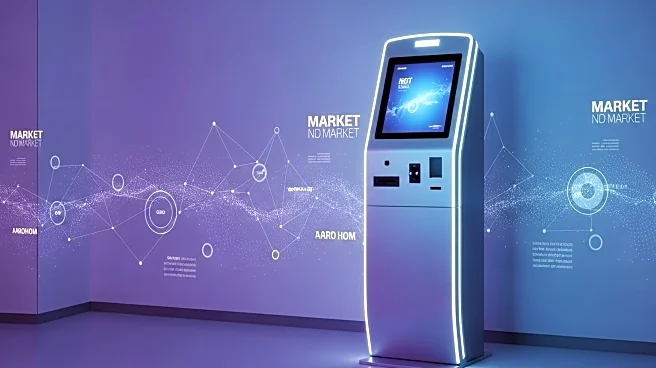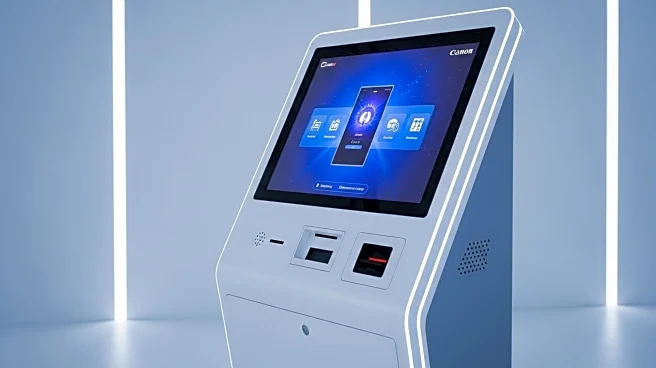What's Happening?
The global Hospital Self-service Payment Machine market is anticipated to grow significantly, with projections indicating a compound annual growth rate (CAGR) of 9.4% from 2025 to 2032. The market, valued at USD 1.7 billion in 2025, is expected to reach USD 3.2 billion by 2032. Key players in the market include NCR Corporation, Diebold Nixdorf, and Verifone, among others. The market's expansion is driven by the increasing adoption of digital and contactless payment technologies in healthcare settings, integration with hospital management systems, and the rising demand for efficient payment processing solutions.
Why It's Important?
The growth of the Hospital Self-service Payment Machine market reflects a broader shift towards digitalization in healthcare, aiming to enhance operational efficiency and reduce administrative burdens. This trend is significant for healthcare providers seeking to streamline payment processes and improve patient experience. The adoption of self-service payment machines can lead to cost savings, faster transaction times, and reduced human error, benefiting both healthcare institutions and patients. As digital payment solutions become more prevalent, stakeholders in the healthcare industry must adapt to these technological advancements to remain competitive.
What's Next?
The market is likely to see further innovations, such as AI-driven and voice-assisted payment machines, enhancing usability and accessibility. Expansion into emerging economies, where healthcare systems are modernizing, presents new opportunities for market growth. Additionally, the integration of multi-service kiosks offering comprehensive solutions for registration, billing, and insurance processing could become more common, further driving market expansion.
Beyond the Headlines
The increasing reliance on digital payment systems in healthcare raises questions about data security and privacy. Ensuring robust cybersecurity measures will be crucial to protect sensitive patient information. Moreover, the shift towards automated systems may impact employment in administrative roles, necessitating workforce adaptation and retraining.










